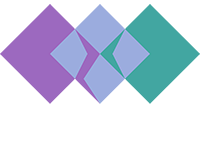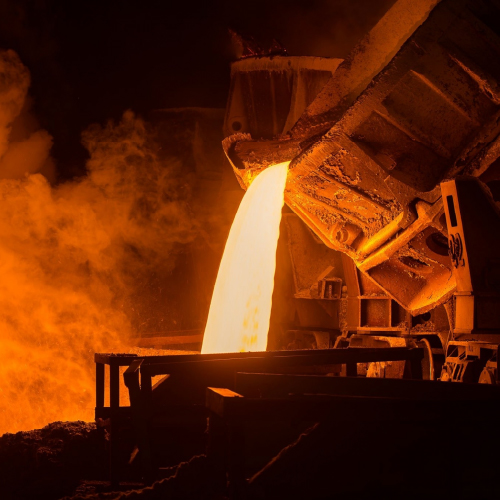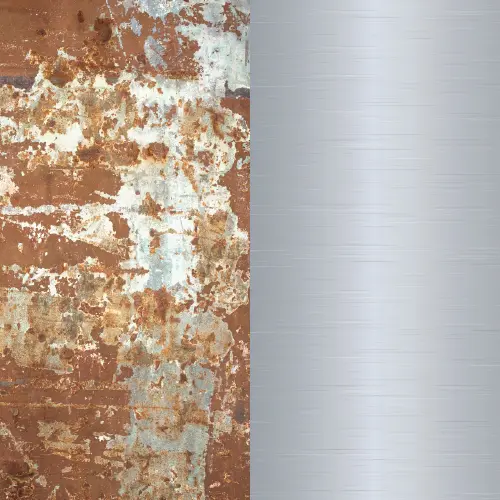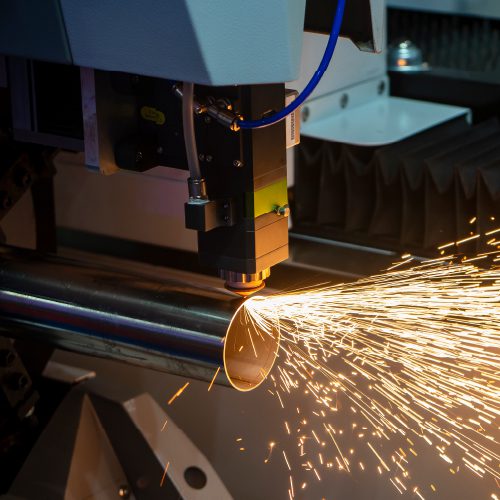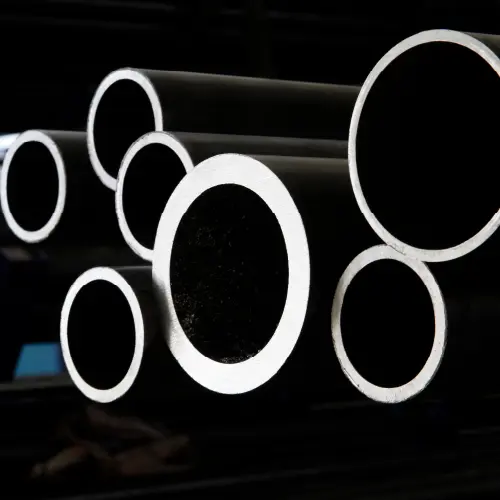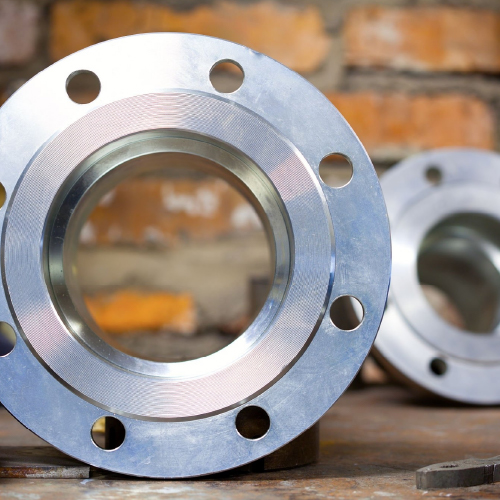Introduction to RAL Colors
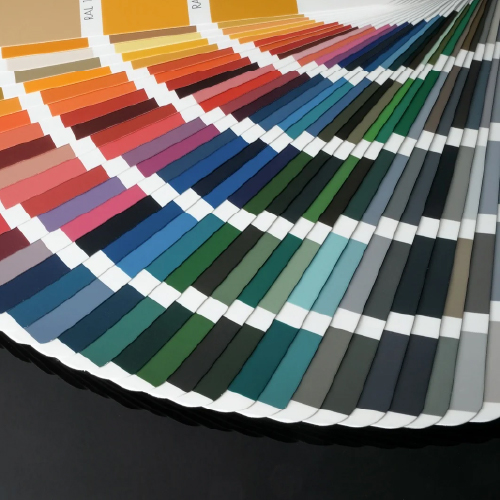
INTRODUCTION TO RAL COLORS
What Are RAL Colors
In the world of color, consistency is key. Whether you're designing a new building, manufacturing a car, or creating signage, ensuring that the color you envision matches the final product is crucial. This is where RAL colors come into play. RAL, which stands for "Reichs-Ausschuß für Lieferbedingungen" in German, translates to "State Commission for Delivery Terms and Quality Assurance." It's a system of color codes that has become a standard in various industries, especially for color-coated steel used in outdoor applications.
The significance of RAL colors lies in their ability to standardize and harmonize colors across different sectors. This standardization ensures that the shade of blue you select for a car matches the shade used in architectural elements or industrial machinery. By doing so, RAL colors simplify communication and guarantee color consistency in an array of applications.
The RAL Color System
The RAL color system is structured meticulously, and its organization is designed for clarity and practicality. The system utilizes alphanumeric codes to represent colors, making it easy to identify and communicate specific shades. Two primary RAL color systems are widely recognized: RAL Classic and RAL Design.
- RAL Classic: This system features a four-digit code. The first digit represents the hue group, while the last three digits denote the specific shade. For example, RAL 5002 signifies a blue shade.
- RAL Design: RAL Design, on the other hand, uses a seven-digit code, offering a broader spectrum of colors and increased precision. Each digit in the code corresponds to a particular aspect of the color, including hue, lightness, and chroma.
In addition to numerical codes, RAL color charts and swatches are indispensable tools for accurately representing and comparing colors. These physical resources ensure that professionals across industries can make informed decisions when selecting colors for their projects.
Applications of RAL Colors
The versatility of RAL colors is reflected in their widespread use across a multitude of industries and applications. Here are some notable examples:
- Architecture: RAL color system play a pivotal role in architectural design, allowing architects to select exterior and interior colors for buildings. From the vibrant red of a storefront to the calming blue of a hospital wall, RAL colors help create the desired ambiance. Steel Color Coated Sheet are widely used in construction and architectural applications including factory sheds, road railings, roofing systems, and many more.
- Automotive Industry: In the automotive world, consistency in color is not just a preference; it's a necessity. RAL colors are employed to maintain uniformity in the shades of cars, trucks, and motorcycles. The chosen colors reflect brand identity and customer preferences.
- Industrial Equipment: Manufacturers of industrial machinery and equipment rely on RAL colors to ensure that their products are visually appealing and meet industry standards. Whether it's a piece of heavy machinery or a control panel, color matters. It also provides standardisation Color Coated Steel Sheets for products manufacturing.
- Signage and Branding: RAL colours system are an essential component of branding and signage. Businesses use specific RAL shades to maintain brand consistency across their logos, signage, and promotional materials.
The ability of RAL colors to span these diverse sectors demonstrates their adaptability and effectiveness in fulfilling the need for standardized colors.
Benefits of Standardized RAL Colours
The adoption of standardized colors like RAL offers several advantages across industries:
- Consistency: Standardized colors ensure that the shade of paint or coating used in manufacturing matches the designer's intent. This consistency enhances brand identity and customer satisfaction.
- Efficiency: The use of RAL color streamlines the decision-making process. Designers and manufacturers can quickly identify suitable shades, reducing the time and effort required for color selection.
- Cross-Industry Compatibility: RAL colors bridge the gap between different industries, allowing for the seamless integration of materials and products. A color specified for architectural use can also be employed in the automotive sector without discrepancies.
- Global Recognition: RAL colors are recognized internationally, making them a preferred choice for companies operating on a global scale. Whether your product is destined for local or international markets, RAL colors guarantee consistency.
The RAL Colors: Classic
Yellow Hues
Orange Hues
Red Hues
Purple Hues
Blue Hues
Green Hues
Grey Hues
Brown Hues
Black and White Hues
Introduction to RAL Colours: The Conclusion
In conclusion, RAL colors are more than just a palette of shades—they are the foundation of color consistency across industries. With a standardized system like RAL, you can confidently select colors that match your vision and meet your project's requirements. The Interactive RAL Color Explorer further enhances your ability to explore and choose RAL colors with precision.
Whether you're an architect designing a cutting-edge building, an automotive engineer crafting the perfect car finish, or a manufacturer ensuring brand consistency, RAL colors are your reliable partner in achieving the right look and feel for your creations. Explore, experiment, and create with confidence, all thanks to the power of RAL colours and our user-friendly Color Explorer tool. Unlock a world of possibilities with the colors that define your vision.
THANK YOU
DON'T MISS ON LATEST ARTICLES!
SIGN UP NOW!
